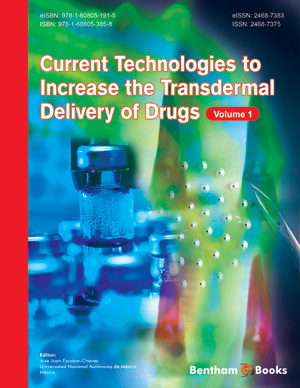Abstract
Since its discovery in 1964 by Hansch, the Quantitative Structure Activity Relationship (QSAR) has remained an important tool in drug design. The work of a huge number of scientists has improved the strength, utility and efficiency of this vital technique in molecular modeling. The original formulation of the method was in two dimensions, the molecular descriptors i.e., the physico-chemical constants were correlated with the biological activity, however, advances in technology, computational efficiency and the brilliant ideas of researchers have added many descriptors/dimensions leading to the 3D, 4D, 5D and 6DQSAR techniques. The different forms of QSAR have not only contributed to understanding the pharmacophoric features required for improvement in the activity but has also helped to improve the pharmacokinetic and pharmacodynamic characteristics of drug candidates. The beauty of the QSAR technique is that it does not require information about the receptor (though well and good if known) and hence is helpful in the design and improvement of probable drug molecules not only against vital diseases/disorders but even against those which were long neglected. The diseases of tropical countries have been neglected for two reasons, poverty in these regions and remoteness to the developed parts of the world. The diseases which are top on this list are malaria, tuberculosis, leshmaniasis etc. However, in recent times the scenario has changed with many organizations, governments and research institutions showing an interest in eradicating such diseases mainly due to the serious problems of drug resistance. Under these circumstances, QSAR provides a good weapon for the design of novel candidates. Many QSAR studies have been reported in the literature both on the molecules synthesized and tested against the whole micro organism and also on molecules directed against specific targets of the micro organisms. This chapter will briefly cover the basics of the QSAR technique and will be followed by examples of the discovery of antitubercular agents through the QSAR methodology.
Keywords: SAR, QSAR-3D, Antitubercular Agents.






















